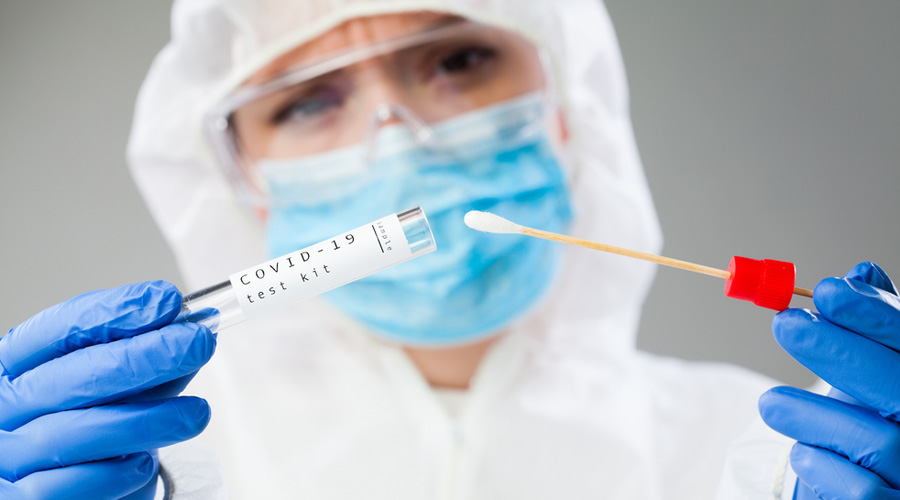Bengal on Sunday achieved a drop in its total active Covid-19 cases for the 90th consecutive day since Vijaya Dashami on October 26, 2020.
During these 90 days, total active cases fell from 37,190 to 6,323, improving by 83 per cent. “We are today (in terms of active cases) back almost to where we were on July 3, 205 days ago,” said a minister.
On Sunday, the state logged 454 recoveries, 389 new infections and eight deaths, including two from Calcutta.
Bengal’s recovery rate rose for 93 days straight to touch 97.11, having improved by nearly 10 per cent since October 22. The national rate is 96.8.
Bengal now has over 5.68 lakh Covid-19 cases, including nearly 5.52 lakh recoveries and 10,115 deaths. Bengal’s mortality rate is 1.78 per cent now, compared to the national average of 1.43 per cent. The state government attributed 8,490 deaths or 83.9 per cent of the toll to comorbidities.
Calcutta High Court had intervened to prevent crowding and a worsening of the pandemic over Durga Puja, Kali Puja, Diwali and Chhath, and then ahead of the New Year. The number of infections in this time showed that the court’s instructions were effective. Since Dashami, over 90 days, Bengal reported over 2.41 lakh recoveries, outweighing the 2.14 lakh infections detected.
“These three months have given us much breathing room as vaccination takes off. Bengal could have been one of the worst-affected regions of the world, given its circumstances, but we instead produced a war effort that is exemplary and heroic,” said the minister.
The state’s positive confirmation rate is 7.25 per cent now, having improved from 8.27, 65 days ago.
Bengal’s total test count — including 25,207 tests on Sunday — stands at over 78.33 lakh now, at 87,037 tests per million people.











